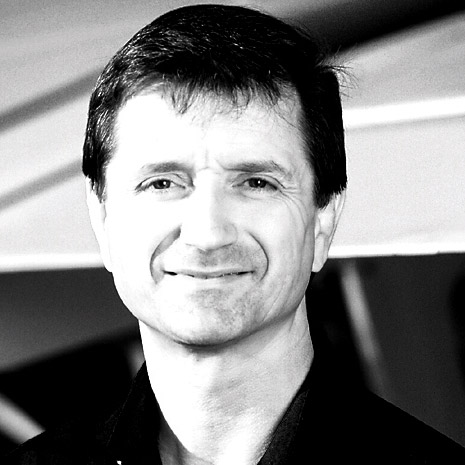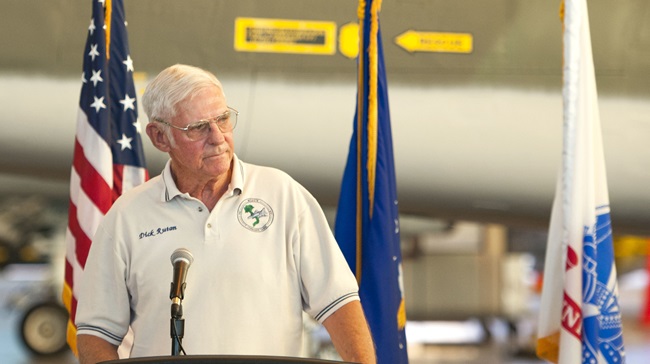 When I learned to fly, a Taylorcraft L–2 rented for $9 an hour, wet. The instructor rented for $6 an hour, wet—at least he was soaked after trying to explain straight-and-level flight to me. (How was I to know you did those two things at the same time?) Today, the typical Cessna 172 rents for $170 an hour, while an instructor goes for $50 an hour. Somehow, I managed to pay for my own flight training back then on a minimum wage of less than $2 an hour.
When I learned to fly, a Taylorcraft L–2 rented for $9 an hour, wet. The instructor rented for $6 an hour, wet—at least he was soaked after trying to explain straight-and-level flight to me. (How was I to know you did those two things at the same time?) Today, the typical Cessna 172 rents for $170 an hour, while an instructor goes for $50 an hour. Somehow, I managed to pay for my own flight training back then on a minimum wage of less than $2 an hour.
Today, it’s far more challenging for the average person to earn an affordable pilot certificate—much less purchase an affordable airplane. Fortunately, the good people at AOPA headquarters have developed several programs to help change this. One of these enterprises is the revival of the flying club concept.
I’ve always been a big fan of flying clubs. There are two big clubs near my hometown and each has a solid reputation for helping people learn to fly. One club claims to reduce the cost of obtaining a private pilot certificate by 30 percent compared to traditional flight schools. The other allows individuals to obtain a private pilot certificate for approximately $9,000. That’s one heck of a saving considering that the main flight school on the field advertises $12,500 to $14,000 for similar training.
My experience suggests that students who join flying clubs are more likely to complete their training compared to those attending traditional flight schools. There are four reasons for this.
First, flying clubs, in the truest sense, are nonprofit organizations. That means you often pay less for airplane rental. I’ll do that math for you: less money spent on each lesson means you’re less likely to run out of money before completing your training. Sure, there might be a club entry fee, a buy-in fee, and monthly club fees, along with hourly rental fees. While this might seem excessive to some, it allows an enormous saving on training when that training is completed over a period of months instead of years.
Second, if the club is structured with a buy-in fee, then you have some serious skin in the game. While you can’t point to the specific airplane component you might own (i.e., “That’s my cylinder, right? And I own that lug nut, too”), the fact is that you own something. Call it what you will—pride of ownership or membership—each club member feels more connected to the group and its acquisitions.
That leads me to the third point. Flying clubs with enough members tend to be more effectively democratic than smaller groups. It seems that in every group of pilots, there’s always someone who boasts about having a direct lineage to Orville and Wilbur Wright. This is the alpha pilot who often demands curtseys and moderate genuflection in recognition of his exalted status. Yikes! While smaller clubs might inspire the alpha pilot’s bossy nature, larger clubs (say 10 to 15 members) tend to moderate his exalted-status silliness.
Finally, flying clubs often provide a social structure that offers mentorship to their members. You’ll find flight training much less confusing when you have club members to tap for advice. Additionally, some of the best flight training on the field is found at these flying clubs.
Think about it this way: If you are a club instructor and are teaching your students to purposely keep their feet off the rudder pedals in the traffic pattern (yes, there are instructors who actually teach this. No, I’m not kidding), you’re going to hear about it from other club members. It won’t be long before you’ll feel compelled to change your training behavior to comport with common-sense standards. Or, you’ll receive subtle hints suggesting you are no longer welcome in the club. For example, you might receive a video titled The Godfather cued to Salvatore Tessio’s (Abe Vigoda) part in the movie. Strange and goofy ideas about airmanship have a short half-life when club members have a financial interest in the airplanes others fly.
As you can see, I’m a flying club fan and AOPA is doing an amazing job of making it easier for anyone to create one. If you fancy starting one of these clubs, then let AOPA help. Review AOPA’s literature on the subject online.
Web: www.rodmachado.com
Rod Machado is a CFII and isthe owner of a Cessna 150, based in Southern California.



